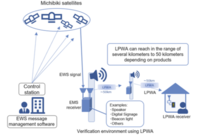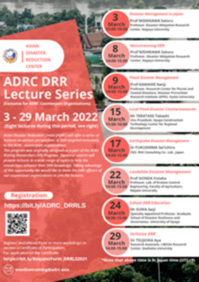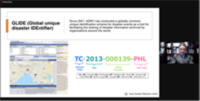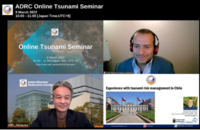31 March 2022
The Quasi-Zenith Satellite System Early Warning Service (QZSS-EWS) of Japan utilizes satellites to transmit disaster warning information. It augments ground-based telecommunication facilities (e.g., TV, radio, mobile phones, and other devices) - particularly in areas with limited network coverage (e.g., mountainous and island areas) - in disseminating the warning information. Since Japan will expand the QZSS-EWS in Asia and Pacific region in 2024, the Asian Disaster Reduction Center (ADRC) has been conducting feasibility studies for this purpose. In a recent study, ADRC investigated the use cases for QZSS-EWS in three different local environments with different types of disaster risk, namely: (1) communities in coastal areas of Bangladesh, who are prone to tropical cyclones; (2) communities of farmers in the downstream areas of Bhutan Himalayas, who are prone to glacial lake flood outbursts (GLOF); and (3) communities of herders in the steppe of Mongolia, who are prone to dzud.
Findings of the research indicate that:
- Due to limited network coverage, warning information either does not reach communities at risk or, when it does reach those communities, tends to be unclear, distorted, or delayed. Thus, there is real need to augment the early warning systems in these communities.
- In each of the target areas, there are entry points for the operationalization of QZSS-EWS, such as the Cyclone Preparedness Programme (CPP) in Bangladesh, the GLOF early warning system in Bhutan, and the Dzud Risk Map in Mongolia.
- Investing in efforts to build capacity and raise awareness among community members is needed, as this will provide greater benefits in the long-run.
In the three communities, QZSS-EWS has great potential to save lives and livelihoods through, for example, direct alerts to individuals who are within the "radius of the disaster event" and notifying them of the nearest evacuation area; automatic sounding of community sirens activated through the Low Power Wide Area Networks; and the direct display of warning messages on electronic community message boards.
(2022/4/7 15:00)





